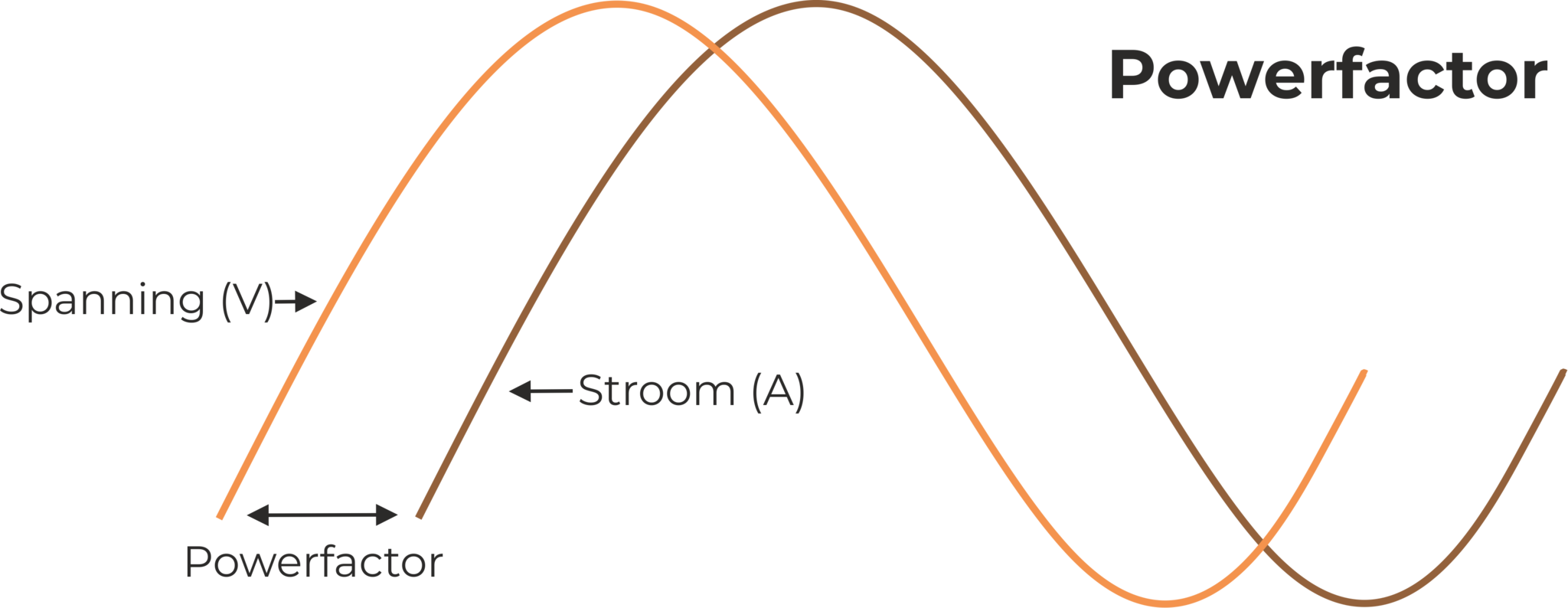What is the Power Factor of a Lamp?


Track Lighting for home/1-circuit
Track lighting for home, also known as 1-phase lighting.
View 1-phase lightingTrack lighting for the office / 3-phase
Track lighting for the office, also known as 3-phase lighting.
View 3-phase lightingTrack lighting for home / Magnetic
Track lighting with magnetic mounting for home.
View magnetic lightingA specification that is not often mentioned, but is still certainly important, is the power factor of a lamp. The power factor is a number between 0 and 1, and it represents the relationship between the real power (P) and the apparent power (Ps). In the most ideal situation, the apparent power is equal to the real power (power factor = 1). This means no extra current is needed to run the lamp at full power. In practice, however, the power factor is never exactly 1.
How Does This Happen?
The difference between real power and apparent power arises due to the phase difference between the voltage (Volt) and the current (Ampere). This may sound a bit unclear, but in short, the larger this phase difference is, the greater the unwantedcurrent consumption is. A power factor of 0.7, for example, means that 30% more current is consumed to achieve the desired power of the lamp. The diagram below shows how the phase difference between voltage and current looks.

Why is the Power Factor Relevant?
If you have a lamp with a low power factor, such as a factor of 0.5, a large portion (50%) of the power is wasted. This is of course very wasteful, as you are still paying for this power! This is why it is also called reactive power; you don’t notice it, but secretly, your lamp consumes more power than it should. In recent years, more and more LED lamps are being offered with a power factor of 0.9, which is considered quite ideal. However, lamps with lower quality tend to have a much lower power factor. Therefore, it’s important to check the specifications of the lamp; the higher the power factor, the less power is lost.

